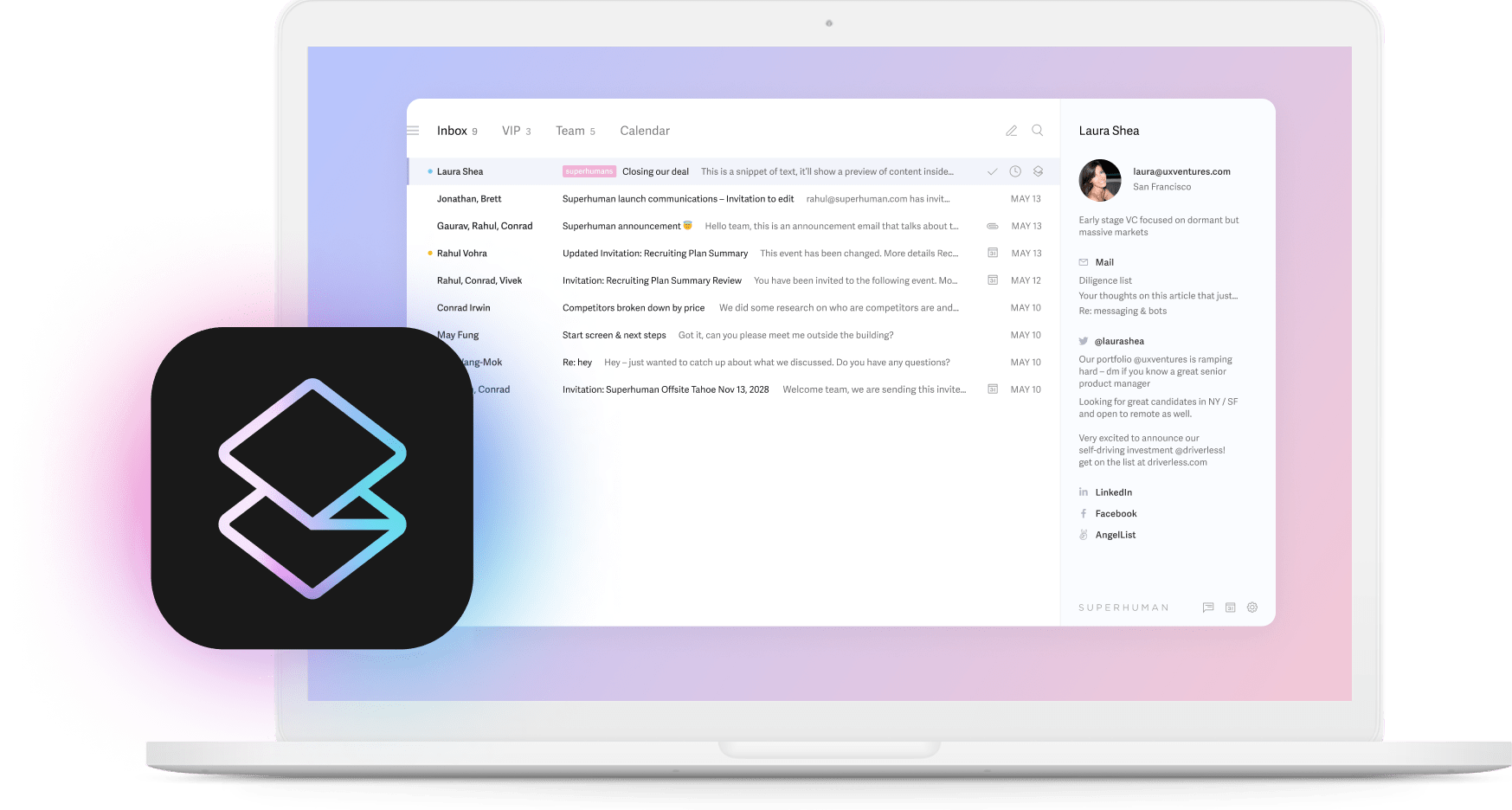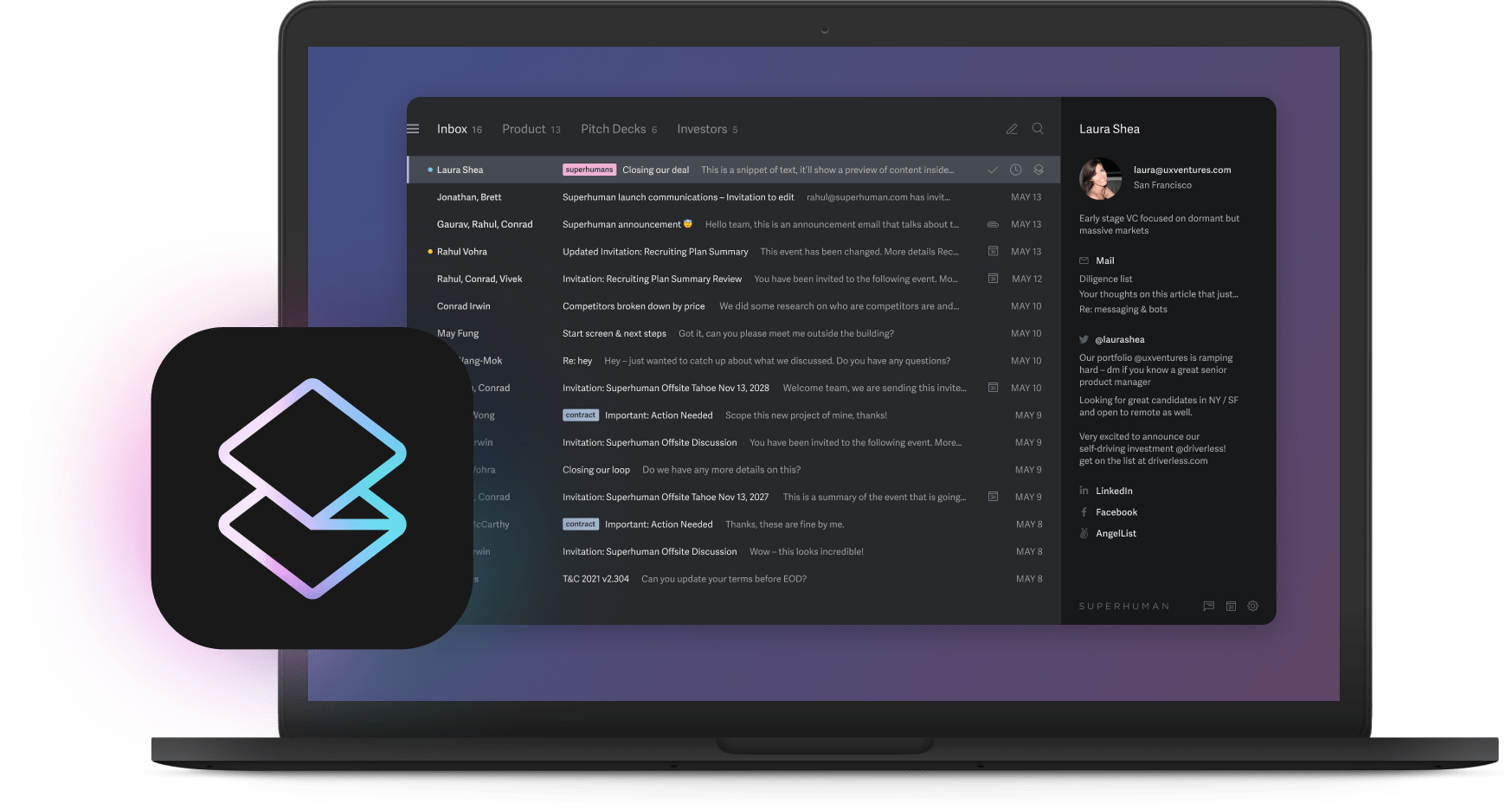
You raise money for your AI strategy framework and everything falls apart. Six months after your Series A, the expensive team you hired is sitting around waiting for clean data. Your burn rate terrifies everyone at board meetings. What went wrong?
Most startups think they can treat AI like building a website. Hire smart people, give them computers, expect magic. But the AI boom changed everything. Now you're bidding against Google for the same engineers. High-end GPU clusters can cost $30,000 to $50,000 per month. That clean AI roadmap from your consultant who worked at OpenAI? It doesn't mention any of this.
You get funding and everyone celebrates. You triple your engineering team in four months because you can finally afford real talent. Then reality shows up uninvited. The new people need three months of onboarding. The models they want to build need computers that cost $50,000 per month. Your customers start generating data faster than anyone anticipated.
Suddenly you're burning money like you're heating a mansion with $100 bills.
Our controversial opinion: 80% of AI initiatives should never start
Here's what nobody will tell you at those AI conferences. Based on what we're seeing in the market, most companies would generate better returns by putting their AI budget in index funds. The rush to implement AI has created a bubble of wasted capital that makes the dot-com era look disciplined.
Fresh capital feels like freedom, but it quietly murders your AI strategy. New money means bigger teams, shinier models, and cloud bills that make grown CFOs weep. The distance between your pitch deck and production keeps growing every week because AI-focused startups face unique financial pressures. They're using strategies built for a world where compute was cheap and talent was available. That world doesn't exist anymore.
Two forces destroy every post-funding plan. First, everyone wants the same GPUs, driving costs through the roof. Enterprise-grade training runs can range from thousands to hundreds of thousands of dollars depending on model complexity. Second, boards suddenly care about unit economics. Your data scientists optimize for F1 scores while your investors optimize for survival. This disconnect kills more AI startups than bad technology ever could.
But here's a controversial truth that engineering teams need to hear: hiring exclusively from FAANG for your AI initiatives often backfires. These engineers are brilliant at scaling existing systems with unlimited resources. However, they sometimes struggle with the scrappy experimentation that early-stage AI requires. They'll build you a Ferrari when you need a dirt bike. Many AI startups are quietly restructuring their teams to balance senior expertise with hungry generalists. Meanwhile, our research shows top performers are already saving one full workday per week using AI with lean, focused teams.
The AI Burn Multiple: a new metric for survival
Forget everything you know about measuring AI success. Based on our observations working with high-growth companies, we're proposing a metric that actually predicts survival: the AI Burn Multiple (ABM). It's simple math that boards should be tracking.
ABM = Monthly AI Spend ÷ Directly Attributable Revenue Impact
If your ABM is above 3x, you're in danger. Above 5x, you're facing serious sustainability challenges. In our experience, the healthiest AI companies maintain an ABM below 2x within six months of deployment. This metric works because it forces brutal honesty about what AI actually delivers versus what it costs.
Stop trying to outsmart the market. Start outcomputing it instead. Rich Sutton's 2019 essay "The Bitter Lesson" showed that throwing more computation at problems works better than throwing more PhD dissertations at them because computation scales exponentially while human insight scales linearly. Pick the side that compounds.
If your post-Series A plan revolves around hiring brilliant researchers to hand-tune proprietary models, you're fighting the fundamental physics of progress. Companies that succeed avoid the temptation to build everything custom. They test existing solutions first, validate with real customers, and only build proprietary systems when they've proven the business case. The pattern is consistent across successful companies. Rapid experimentation with available tools beats lengthy development cycles because it gets you to market faster with less capital burned.
The Three-Round Rule: a framework that actually works
Forget your eighteen-month masterplan. Based on patterns we've observed across successful AI implementations, we recommend thinking in funding rounds with a structured approach. Each round should follow what we call the Three-Round Rule: one-third exploration, one-third exploitation, one-third elimination. This isn't the "fail fast" approach that wastes resources. It's failing at the right speed with the right stakes.
Seed: prove the edge, not the model
Run three small experiments maximum. Spend under 5% of your total burn over six weeks. Use existing APIs for everything. Don't build anything custom yet. The only metric that matters is learning velocity. How fast can two people test an assumption, collect real data, and decide what to try next? Quick cycles prove your customers want what you're building without torching your runway.
Here's what most seed founders get wrong: they think they need something proprietary to differentiate themselves. This is backwards thinking. You need to prove customers will pay for what you're selling. APIs work fine for that validation. Your proprietary advantage comes from understanding your customer's problem better, not from building custom technology.
Series A: turn experiments into systems
Take whatever worked at seed stage and make it repeatable. Build a proper team, but here's the counterintuitive part: hire operators, not researchers. Create real data pipelines. Start measuring things your board cares about like cost per customer acquisition and support ticket resolution time.
Demonstrate that successful experiments became reliable processes. Show how automation eliminates manual tasks and reduces operational costs. Build oversight that improves efficiency without creating red tape. The Series A trap is scaling your team because you can afford bigger salaries. Resist this urge. Scale your impact instead. Doubling headcount often halves productivity per person.
Series B: think like assassins, not researchers
Treat your AI projects like a hit list. Most will fail completely. Some will break even. Two or three will generate the majority of your returns. This isn't pessimism, this is mathematics. But here's what changes everything: you need to kill projects faster than feels comfortable. Set kill criteria before you start. If a project doesn't hit specific metrics in 30 days, it dies. No extensions. No pivots. Dead.
Run small proof-of-concepts, medium growth experiments, and one or two ambitious moonshots. Track your ABM religiously. Build shared platforms that let everyone access the same data and models. This is where competitive advantages emerge. Not from superior algorithms, but from superior data and faster iteration cycles than your competitors can match. Our research found that 89% of professionals acknowledge top performers at their companies are constantly increasing business impact with AI and other productivity tools.
One pattern we've observed: successful Series B companies treat their AI portfolio like a venture fund, but with faster decision cycles. They set kill criteria before launching any project. If a project doesn't hit specific metrics in 30 days, it ends. No extensions. No pivots. This discipline separates companies that scale from those that stall.
Series C: the elimination round
Here's what nobody tells you about late-stage AI strategy: success isn't about what you add, it's about what you eliminate. Start killing successful AI projects. Yes, you read that right. If an AI initiative is working but isn't in your top three by ROI, kill it. Focus creates exponential returns. Dilution creates linear decay.
Embed only your best AI solutions throughout your entire organization. Establish proper AI operations teams for what remains. Optimize every compute dollar you spend. Connect every model in production to revenue growth or cost reduction. Your board now compares you to public companies. Show them expanding profit margins through focus, not feature proliferation.
The hidden cost of AI success nobody discusses
Success with AI creates a trap more dangerous than failure. When AI works, it generates dependencies that compound faster than technical debt. Your team forgets how to do things manually. Your processes become brittle. Your competitive advantage becomes a single point of failure.
We recommend that smart companies build what we call "AI Circuit Breakers" - the ability to run their business for 30 days without any AI tools. This isn't pessimism. It's the same principle behind Amazon's chaos engineering practices. The companies that survive the next five years won't just be the ones with the best AI. They'll be the ones who can function without it when needed.
Your AI budget should work like a venture fund with one crucial difference. VCs can wait seven years for returns. You have seven quarters. Most investments fail, some break even, and a few generate all your returns. Plan for this reality from day one by dividing projects into three categories. Cheap tests validate assumptions quickly. Medium bets could drive significant growth. Expensive experiments might transform your entire business model.
When something works, double your investment immediately. When something fails, kill it faster than you're comfortable with. But here's our controversial recommendation: also kill the bottom 20% of what's working. This forced culling prevents resource dilution and maintains focus on exceptional returns rather than acceptable ones.
Measure what boards actually fear
Stop celebrating model accuracy improvements. Start measuring what keeps board members awake at night. We propose tracking the Survival Runway Ratio (SRR): your months of runway divided by months to meaningful revenue from AI. If your SRR drops below 3, you're in the danger zone.
At seed stage, measure learning velocity and decision speed. Series A boards want faster cycle times and lower customer acquisition costs. Series B investors care about portfolio success rates and improving unit economics. Series C boards want revenue growth and expanding profit margins. But across all stages, they're really measuring one thing: will you run out of money before AI pays off?
Build dashboards that translate technical progress into financial language. When companies demonstrate concrete time or cost reductions through AI implementation, they get immediate approval for expansion. Focus on business outcomes instead of engineering elegance. Your board doesn't care that you're using transformer architecture. They care that you're not going to zero.
Our prediction for the next 18 months
Here's what we believe is coming: companies still building custom models from scratch will increasingly become acquisition targets or pivot to using existing solutions. The consolidation will accelerate. The companies treating AI like a core competency instead of a utility will struggle while pragmatists who treat AI like electricity will pull ahead.
We predict we're entering an age of AI sophistication. Smart companies will gain competitive advantage not just from what they automate, but from what they deliberately keep human. The pendulum will swing toward "human-verified" or "human-crafted" as a mark of quality in certain sectors. The winners will be companies that use AI for leverage but compete on human judgment and creativity.
Based on current trends, we expect intellectual property disputes will intensify. Data advantages will become harder to maintain. Regulatory frameworks will mature and tighten. Companies implementing AI everywhere without strategic focus are potentially creating technical debt that will slow future innovation. Those maintaining flexibility and focusing on narrow, high-impact applications will be better positioned to adapt.
What this framework actually delivers
This approach evolves naturally with every funding round, controls spending, and connects every technical decision to survival metrics that matter. Instead of rigid plans that shatter under market pressure, you get flexible systems that convert each capital injection into sustainable competitive advantages.
Consider a recent example from our observations: a Series B fintech company was burning $400K monthly on AI initiatives with minimal revenue impact (ABM of 8x). After implementing this portfolio approach and the proposed metrics, they killed 60% of their AI projects, doubled down on two that showed promise, and brought their ABM down to 1.8x within four months. Their board went from concerned to impressed.
Using the proposed ABM and SRR metrics, you'll enter funding meetings with trending data that matters. You'll have concrete evidence of progress instead of abstract promises about future potential. You'll demonstrate that AI capabilities create strategic assets that improve with scale rather than cost centers that consume capital without generating returns. This matters because investors have seen too many AI startups burn through capital chasing theoretical breakthroughs while competitors ship practical solutions.
The best aspect of this framework is its brutality. New models, regulatory changes, and competitive pressures all become inputs to your experimentation engine rather than threats to your master plan. Build systems that learn and evolve. Measure what threatens your survival. Scale what works and eliminate everything else, including things that work but don't work exceptionally.
The companies that survive the coming AI shakeout won't necessarily be the ones with the best technology. Based on what we're seeing, they'll be the ones with the discipline to kill good ideas in favor of great ones, the courage to stay human where it matters, and the wisdom to treat AI as a tool rather than a religion. Keep doing this through every funding cycle and you'll have an AI strategy framework that compounds capital instead of consuming it.
Many companies will continue chasing the shiny objects, hiring the expensive experts, and building the complex systems. The market needs its lessons. But for those ready to take a different path, this framework offers a way to turn AI investments into sustainable competitive advantages rather than expensive experiments.






